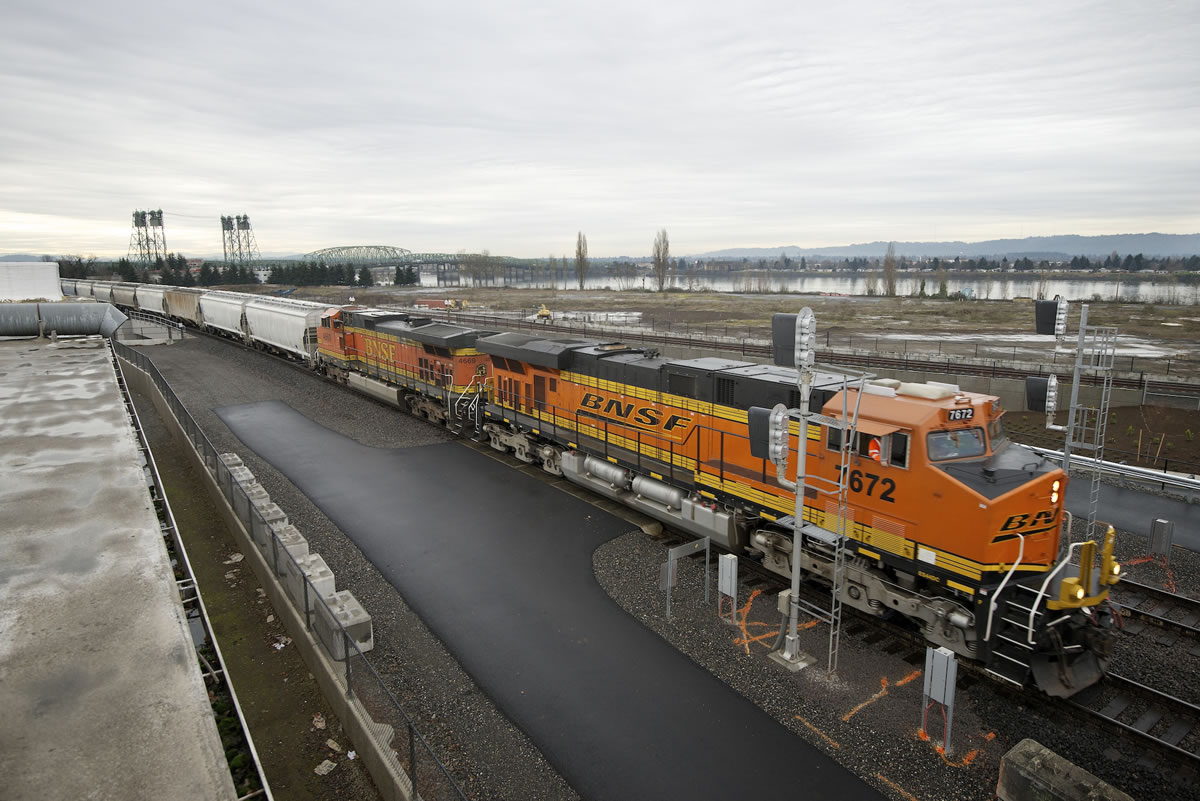Barry Cain is no friend of the proposal to build the Northwest’s largest oil-handling facility at the Port of Vancouver.
Port of Vancouver director defends oil plan
Now the real estate developer charged with remaking Vancouver’s waterfront has expanded on his earlier public misgivings about the project’s environmental risks and its impacts on downtown development, raising a multitude of new worries. Those new concerns include what he calls “information gaps” in the permit-application submitted by Tesoro Corp. and Savage Companies and in the lease the port approved with the companies.
Cain spells out his concerns in a 54-page letter to the Washington State Energy Facility Site Evaluation Council in which he asks for the most extensive environmental-impact review available. Cain’s letter is among more than 31,000 public comments EFSEC received as it mulls what should and should not be included in an environmental examination of the proposed oil-by-rail operation.




